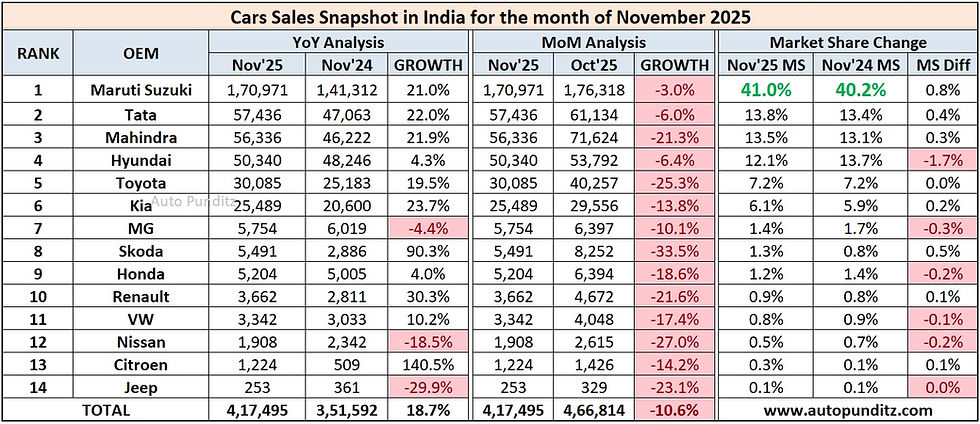Metro Rail Transport in India and its impact on Urban Transport systems
- managementpunditz

- May 8, 2021
- 4 min read
India is a country that is rapidly urbanizing.
As of 2019, about 30% of Indian citizens live in the Urban Space.
And by 2045, at the present rate of growth, Urban India would possibly be at more than 50%.
The National Governments have been alive to this development and have announced many plans for developing urban infrastructure. The Government has also announced plans of developing 100 Smart Cities across India, to meet the expectation of convenient living.
The biggest bottlenecks in comfortable living in Urban centers is the lack of enough comfortable living spaces for the majority as also the lack of convenient and safe roads for transportation. Every big city, in India, has its complexities in terms of population density, economic activity, the scope of land available for expansion, and climatic conditions.

But every urban planner is now clear that the answer to urban transportation has to be through an increased investment in public transport over personal transport.
Across the World, the contribution of Public Transport in the major cities is around 70% but only around 35-40% in India. This is due to its unreliability in terms of its speed, punctuality, reliability, comfort, and convenience.
The Metro Railway is gaining increasing favor to provide fast, punctual, reliable, comfortable, and convenient transport in all cities of India, especially those with a population greater than 2 million.
As of today, the Metro Railway network is present in the following 12 cities :
Kolkata/ Delhi/ Mumbai/ Bengaluru/ Hyderabad/ Chennai/ Kochi/ Jaipur/ Lucknow/ Noida/ Gurugram/ Nagpur
And Metro Network is being planned and will be operational in the following 15 Cities soon : Ahmedabad/ Pune/ Indore/ Bhopal/ Varanasi/ Kozhikode/ Vijayawada/ Meerut/ Vishakapatnam/ Kanpur/ Agra/ Coimbatore/ Patna/ Navi Mumbai/ Guwahati.
The first metro in India was started in 1984 in Kolkata.
The challenges in building Metro Transport are many. The prominent amongst them are:
High cost of initial infrastructure and long gestation period.
This is being met through modern technology, participation of Multinational Organisations, private players, and PPP (Public Private Partnership) models.
Earlier, these projects, like the Kolkata Metro, were fully funded and operated by the Indian Railways.
High Cost of land cost and land acquisition, especially in the commercial stretches of the route planned.
Connectivity to major railway stations, bus terminals, airports, etc to facilitate better patronage.
The psychology of its citizens towards public transport. For example, Kolkata and Mumbai citizens have traditionally been more used to and patronizing public transport compared to the other cities.
The Metro projects are essentially meant to cater to the cities with a population of more than four million population.
The high carrying capacity and the speed at which it transports the high capacity of population offsets the initial cost of investment with minimum pollution.
The challenge of providing point to point transport facility to access the metro station. We have been seeing innovative approaches in terms of e-bikes, shared bikes, and other aggregator platforms making their entry in addressing this key concern.
"Metros are known to serve the old, congested, and thickly built-up areas where normal traffic poses greatest challenges due to location of major commercial markets, traffic nodes, and residential areas. They are known to provide travel at a very affordable cost."
The Metro Railway has been a huge success, wherever it has been launched.
Let us start with the First Metro railway built, in Kolkata.
The first Metro began operational in Kolkata way back in 1984. It was a game-changer. Now, Kolkata is a very densely populated and narrow city, in terms of land area available.
The roads available in Kolkata is only 8% for road transport, against 25-30% in other cities. The sales of Personal Vehicles in Kolkata were always very low relative to even much smaller cities in West Bengal and India.
This led to Metro Transport being very well received in Kolkata.
Many Auto Industry experts in the Two Wheeler and Four Wheeler Industry, especially those based in Delhi, Chennai, Pune used to be bewildered by the low numbers, without pausing to ponder on the power of the Metro.
The Metro Railway was next introduced in Delhi and NCR :
Which sold more four-wheelers than the other 3 metros of Mumbai/Kolkata/Chennai combined.
It was after the Metro was fully operational that the country and the captains of the Auto Industry understood the power of the Metro Railway and how it can affect the personal vehicle industry. How it could disrupt the Personal Vehicle Industry and its dynamics?
Since then, the Metro has been expanded (and still expanding) very rapidly across Delhi and NCR; and is today the most preferred mode of transport in that region.
The projects in Bengaluru, Hyderabad, Chennai, Nagpur and Jaipur, and other cities too have been well received.
Metro Railway has also helped in making it very convenient to visit the very congested spaces in the cities as also making travel between the suburbs and the Central Business Districts in very less time and affordable too. It has helped in appreciating the prices of realty on its stretches. It has expanded the cities and boosted tourism too.
On the safety front, the scope and number of accidents have been reduced drastically.
The Metro Railway Transit System is the best way to decongest traffic.
However, correct defining of present traffic corridors, future expansion plans, and land availability will play an important part in keeping the cost of investment and operation of the Metro Railway profitable and popular.



